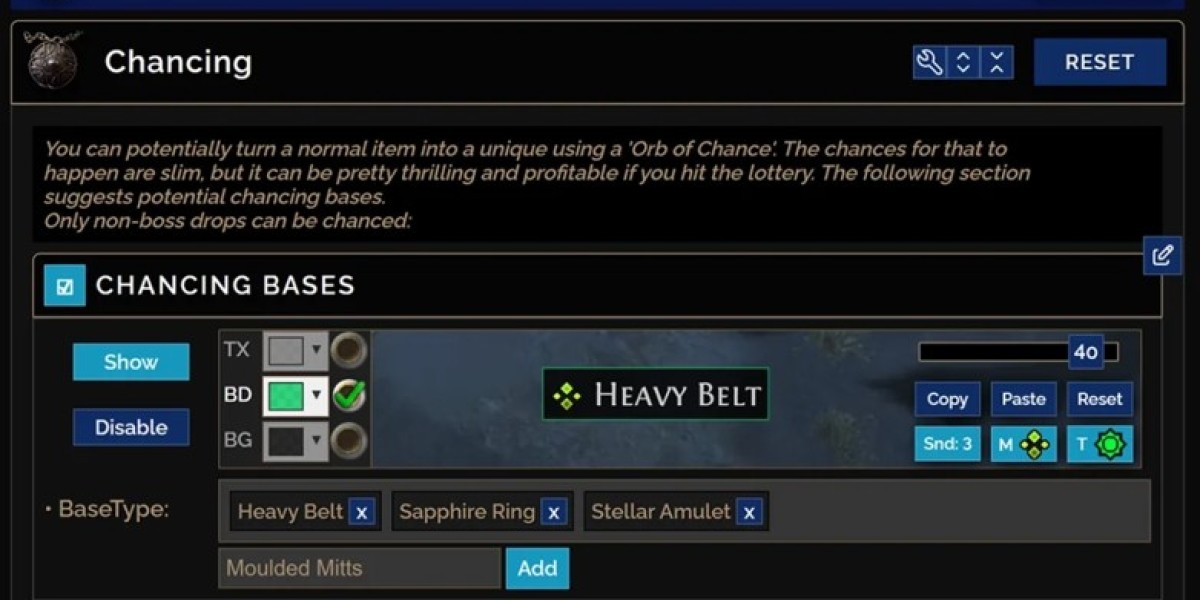Unveil the Ultimate Secrets to Catching Perch with the Perfect Lures!
Perch fishing is a thrilling adventure that many anglers cherish, and a vital part of that excitement comes from choosing the right lures. With a multitude of lures available, each designed to mimic different types of prey, the selection can significantly impact your fishing success. Whether you’re casting from a boat or the shore, understanding the nuances of these lures can enhance your chances of a great catch. In this article, we’ll delve into the best lures for perch fishing, offering insights to help you make informed choices that will elevate your fishing experience.

Understanding Perch Behavior and Habitat
To effectively target perch, it’s essential to understand their habitat preferences. Perch are typically found in freshwater lakes, rivers, and ponds, favoring areas with structures such as submerged rocks, weeds, and fallen trees. These structures provide shelter and hunting grounds for perch, making them key locations to focus your fishing efforts. Additionally, perch thrive in water temperatures ranging from 65°F to 75°F (18°C to 24°C). During the summer months, they may be located at greater depths, while in spring and fall, they often move closer to the surface. By grasping these behavioral traits, anglers can better select lures that appeal to perch, ensuring a more successful outing.
Types of Lures for Perch Fishing
When it comes to perch fishing, a variety of lures can be employed to entice these feisty fish. Each type offers unique characteristics and can be effective under different conditions. Here are some of the most popular types of lures for perch fishing:
Jigs
Jigs are a staple in any angler's tackle box, known for their versatility and effectiveness. Available in numerous colors and sizes, jigs can be used in various water conditions. The key to using jigs effectively lies in the technique. For instance, a slow, steady retrieve can be effective in deeper waters, while a quick jigging motion can provoke bites in shallower areas. My friend Mark swears by a chartreuse jig during the early morning hours, claiming it has helped him land some of his biggest perch. Experimenting with different colors can lead to surprising results.
Spinners
Spinners are another great option for attracting perch, particularly in moving water. Their spinning blades create vibrations and flash that can draw in fish from a distance. The retrieval speed plays a crucial role; a slower retrieve in cloudy water can be more effective, while a faster pace may work better in clear water. I've had success using spinners on windy days, where the added motion mimics a fleeing baitfish, enticing perch to strike.
Crankbaits
Crankbaits are ideal for covering larger areas quickly, making them perfect for searching out schools of perch. These lures come in various shapes and diving depths, allowing you to target specific water layers. When selecting a crankbait, consider the water depth and the action you wish to achieve. A friend once told me about a day spent casting a shallow-diving crankbait, where he managed to catch his limit in just a few hours. The versatility of crankbaits makes them a fantastic tool for any angler.
Soft Plastics
Soft plastics are incredibly versatile and can be rigged in multiple ways, making them excellent for mimicking various types of prey. Worms, grubs, and swimbaits are popular choices that can be fished on a jig head or Texas rig. One of the most effective presentations I’ve encountered is using a wacky rigged soft plastic worm, which has led to some memorable perch catches during late afternoons when the fish are active. The natural movement of these lures in the water often elicits strikes when other lures fail.
Choosing the Right Lure Color and Size
The color and size of your lure can greatly influence your success on the water. Water clarity, light conditions, and seasonal changes all play a role in determining which colors will be most effective. In murky water, brighter colors like neon green or orange can stand out, while natural hues like brown or dark green may be more suitable in clear conditions. Size also matters; smaller lures are generally more effective during colder months when perch tend to be less aggressive, while larger lures can provoke strikes during warmer months when fish are more active. Adjusting both color and size based on these factors can greatly enhance your chances of a successful catch.
Maximize Your Perch Fishing Success
In summary, understanding the best lures for perch fishing can significantly enhance your angling experience. From jigs and spinners to crankbaits and soft plastics, each lure type offers unique advantages depending on the conditions. Remember to consider color and size based on the environment to maximize your success. Whether you're a seasoned angler or a novice, the thrill of catching perch is unmatched. So grab your gear, experiment with different lures and techniques, and enjoy the joy of fishing!








